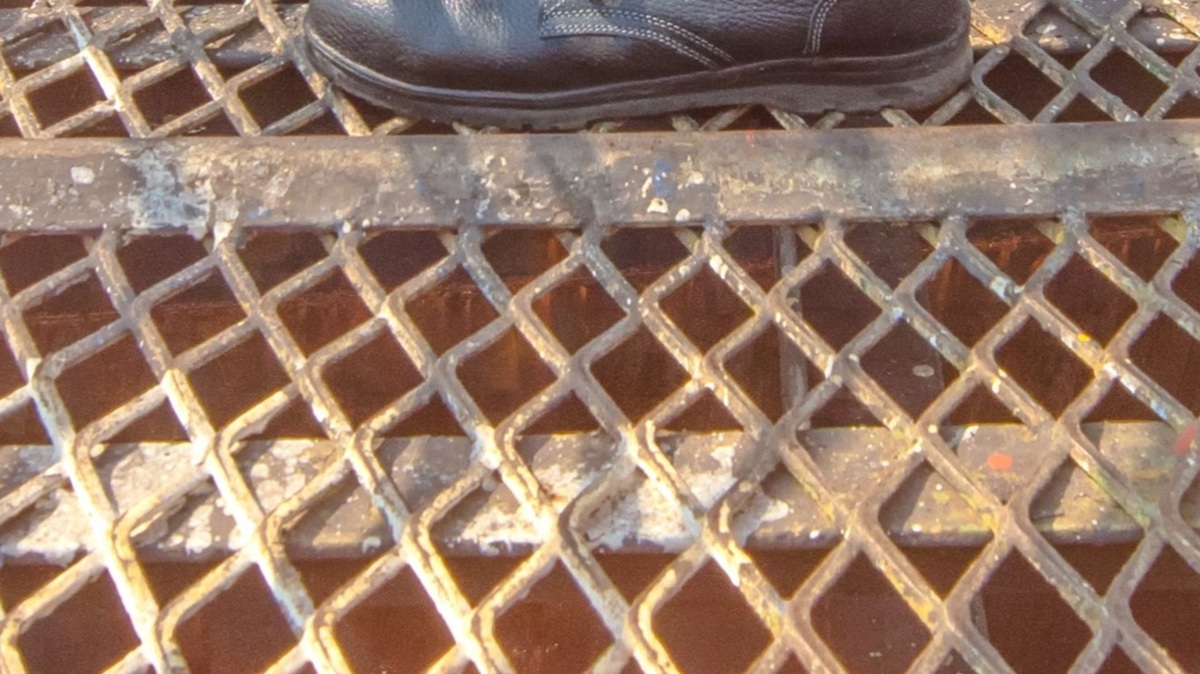Source: James Young, senior director, Congressional Relations, HR, Labor and Safety, Associated General Contractors of America
As you may have seen, Congress is working on the next round of Covid relief and it includes a new round of multiemployer pension relief. The bill would create a Special Financial Assistance Program for struggling multiemployer pension plans. This concept differs greatly from previously debated relief programs like an expansion of partitioning or loan programs. This new approach by Congress is meant to clear procedural rules to avoid a filibuster and improves the likelihood the relief is enacted into law. Under the Special Financial Assistance Program plans using 2020 assumptions that are Critical and Declining plans, some critical plans and a few endangered plans would receive a onetime lump sum payment that is equal to the amount needed to pay benefits through 2051 (30 years). There is no concept of repayment for this assistance. The package would also include provisions similar to those in response to the 2008 market event: 2-year zone freezes; 5-year extension of funding improvement and rehabilitation plans; investment loss smoothing; and, man hour smoothing.
Starting in 2031 PBGC premiums would be increased to $52/year and indexed for all plans and participants. Premiums are currently scheduled to be about $43 in 2031 because of indexing.
More details on the pension provisions can be found on a Fact Sheet.
Unfortunately, the budgetary rules being used to advance the legislation means that there will be no authorization of Composite Plans or additional plan design tools. AGC will continue to look for opportunities to advance other reforms and the Composite Plan design.
For health plans, the legislation will provide 85% COBRA subsidies for 6 months. This is similar to 2008 response when subsidies were 65%.
Also, there is no paid leave mandate but the voluntary tax credits under FFCRA for paid sick time and paid family leave credits are extended from March 31, 2021 through September 30, 2021. And a provision extends the Employee Retention Tax Credit (ERTC) through December 31, 2021. Previously it was available through June 31, 2021.
At this time, it is possible much of these provisions will become law by the end of March. Of course, that can change rapidly and it’s a very fluid situation. We will continue to update the committee on developments and our strategy to enact additional reforms and new plan design in the future.











